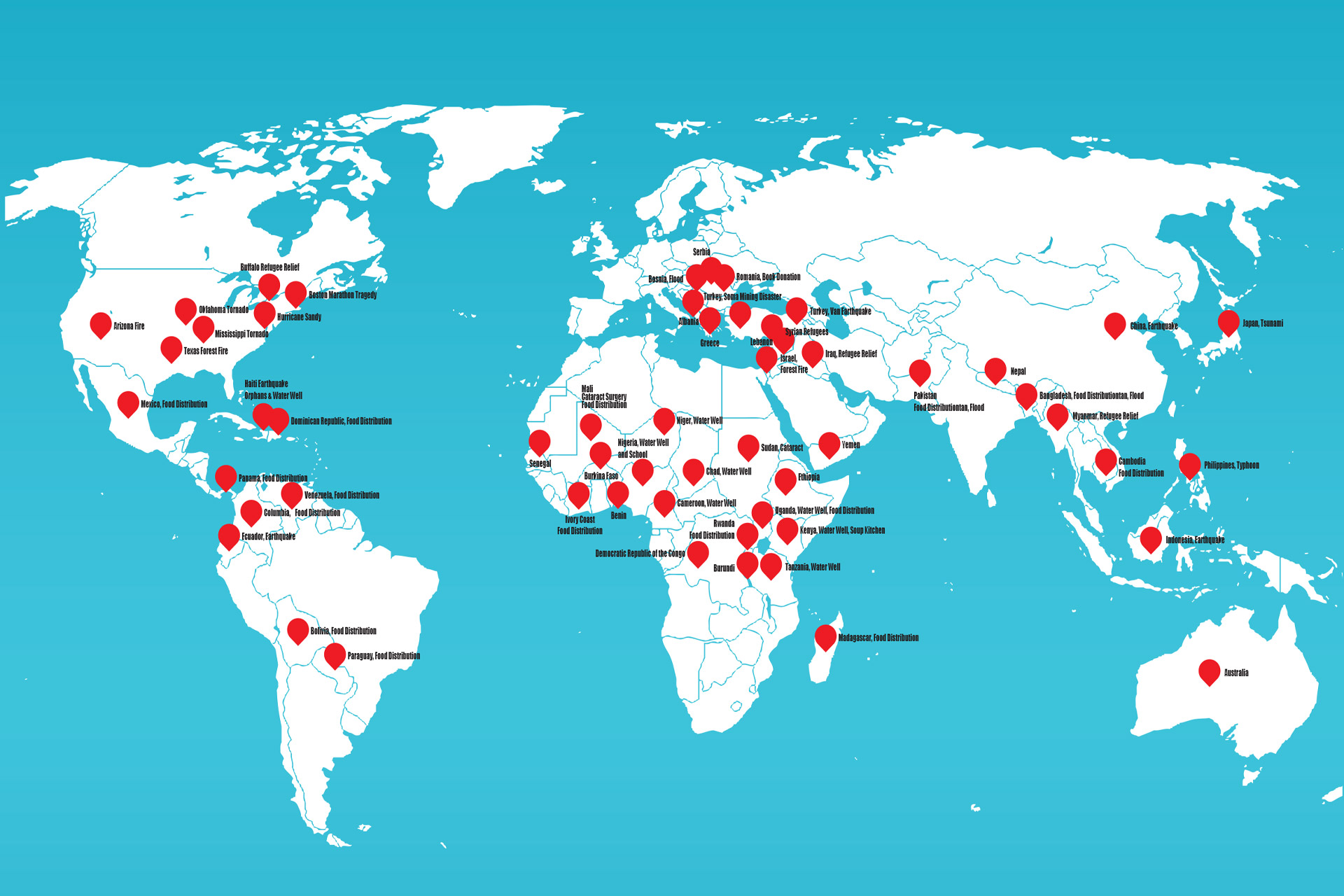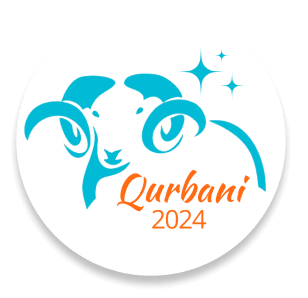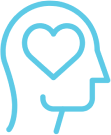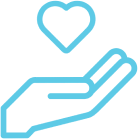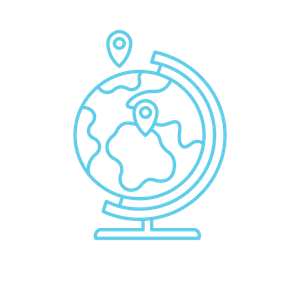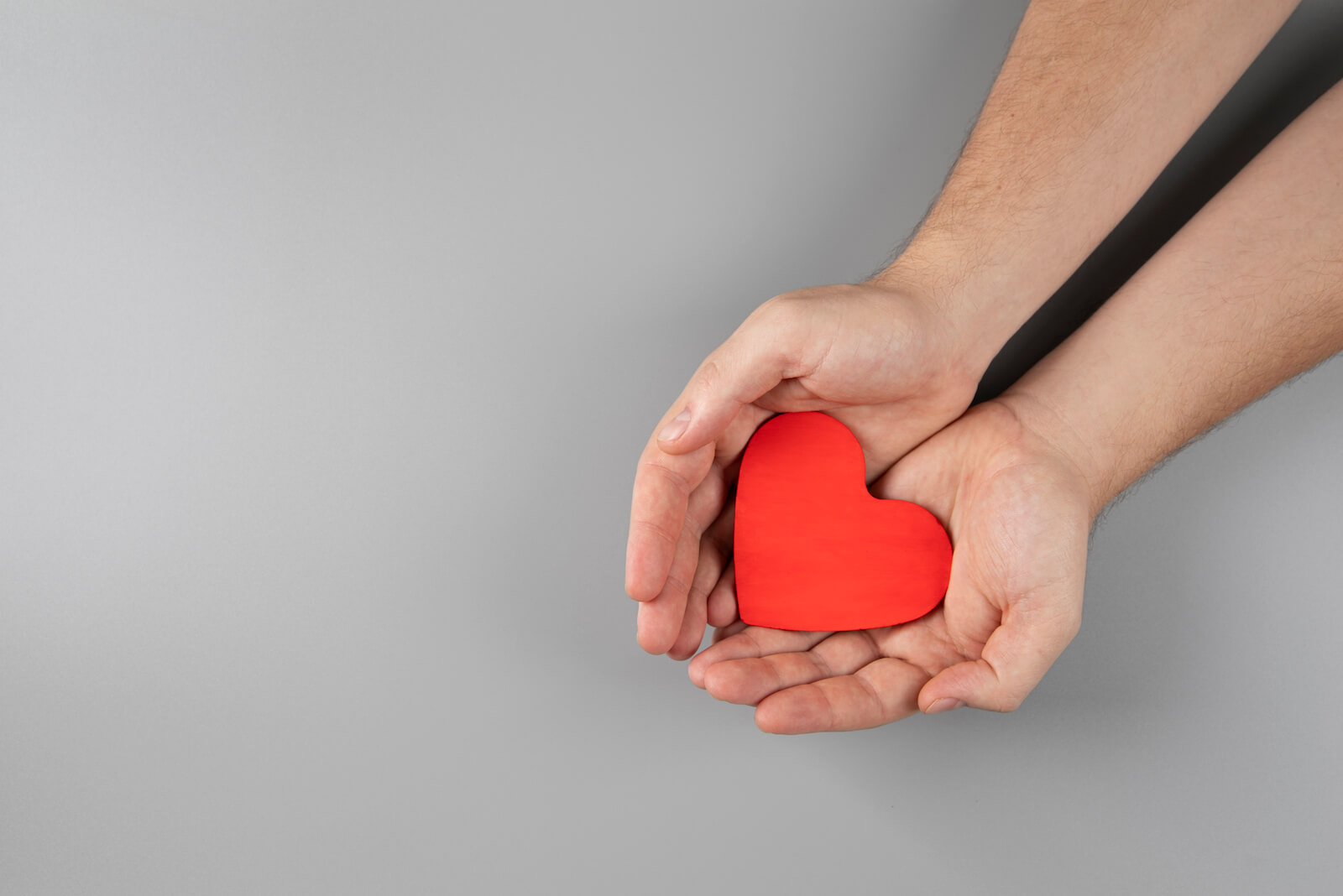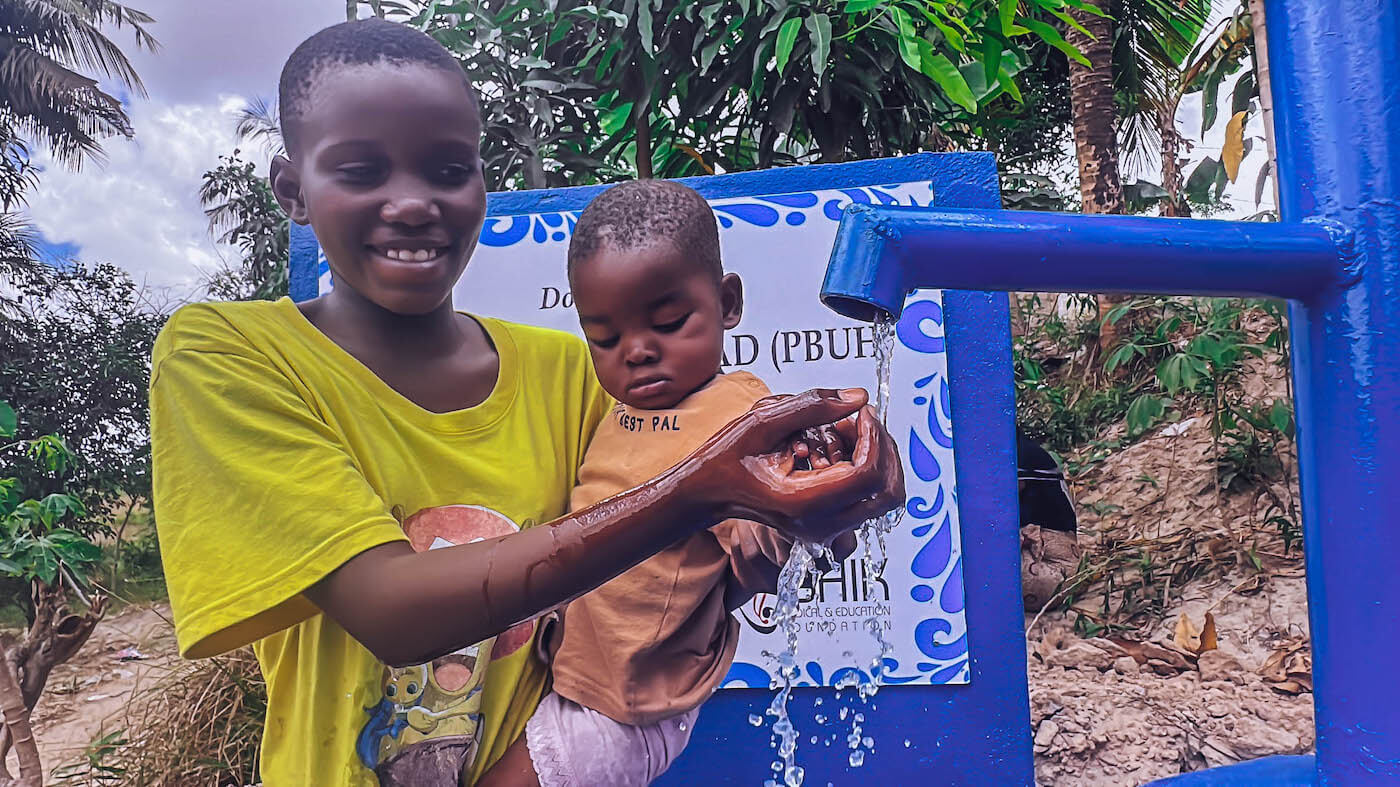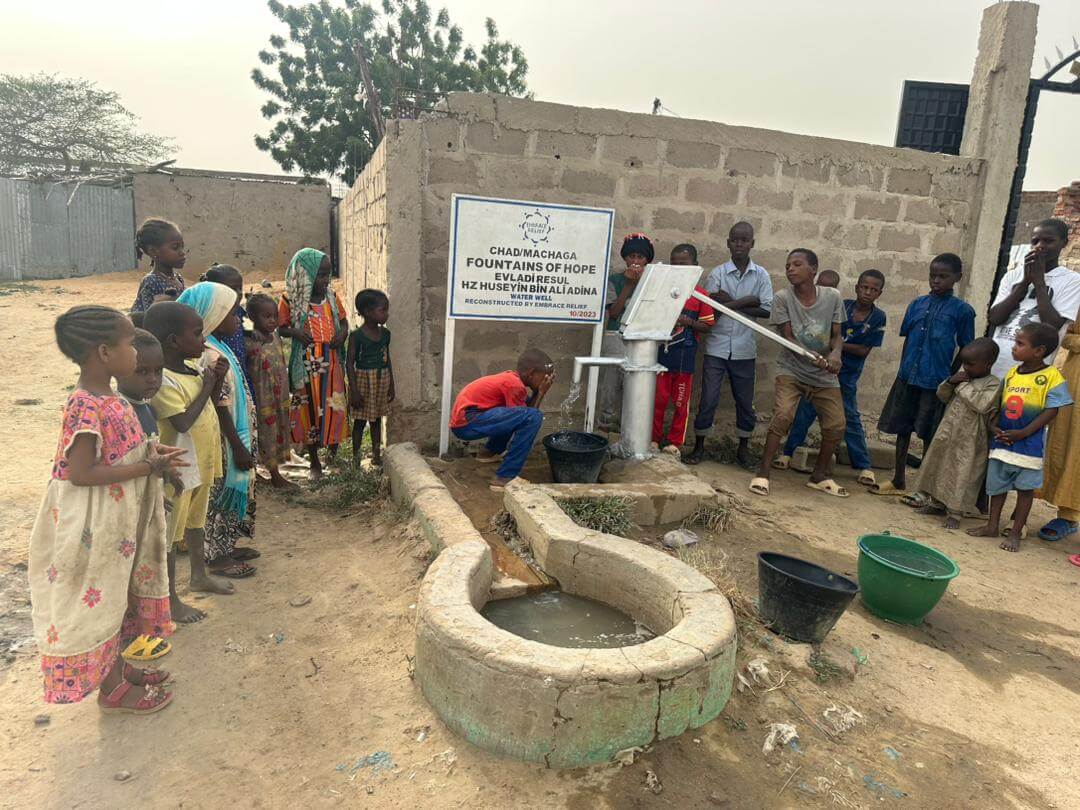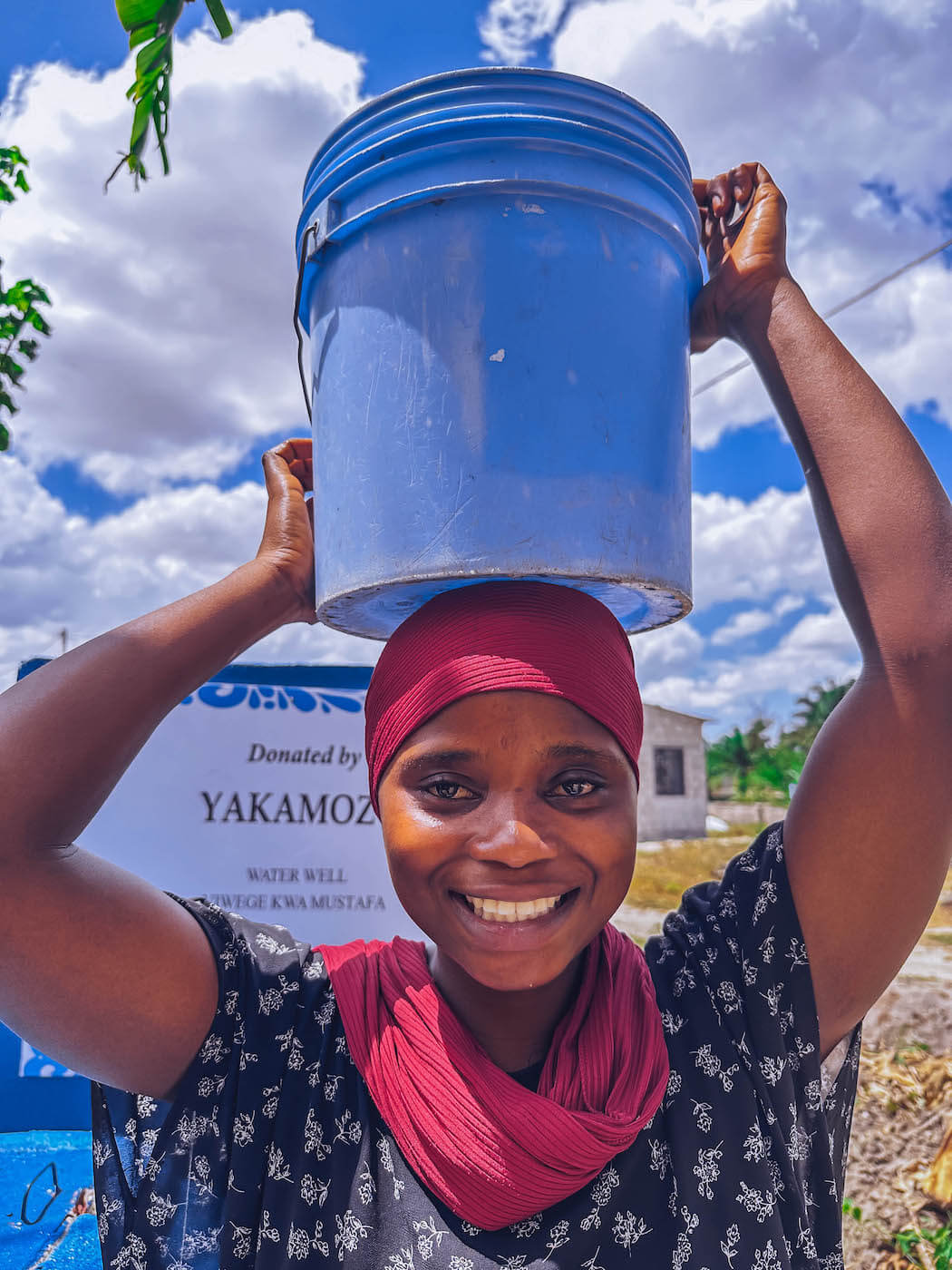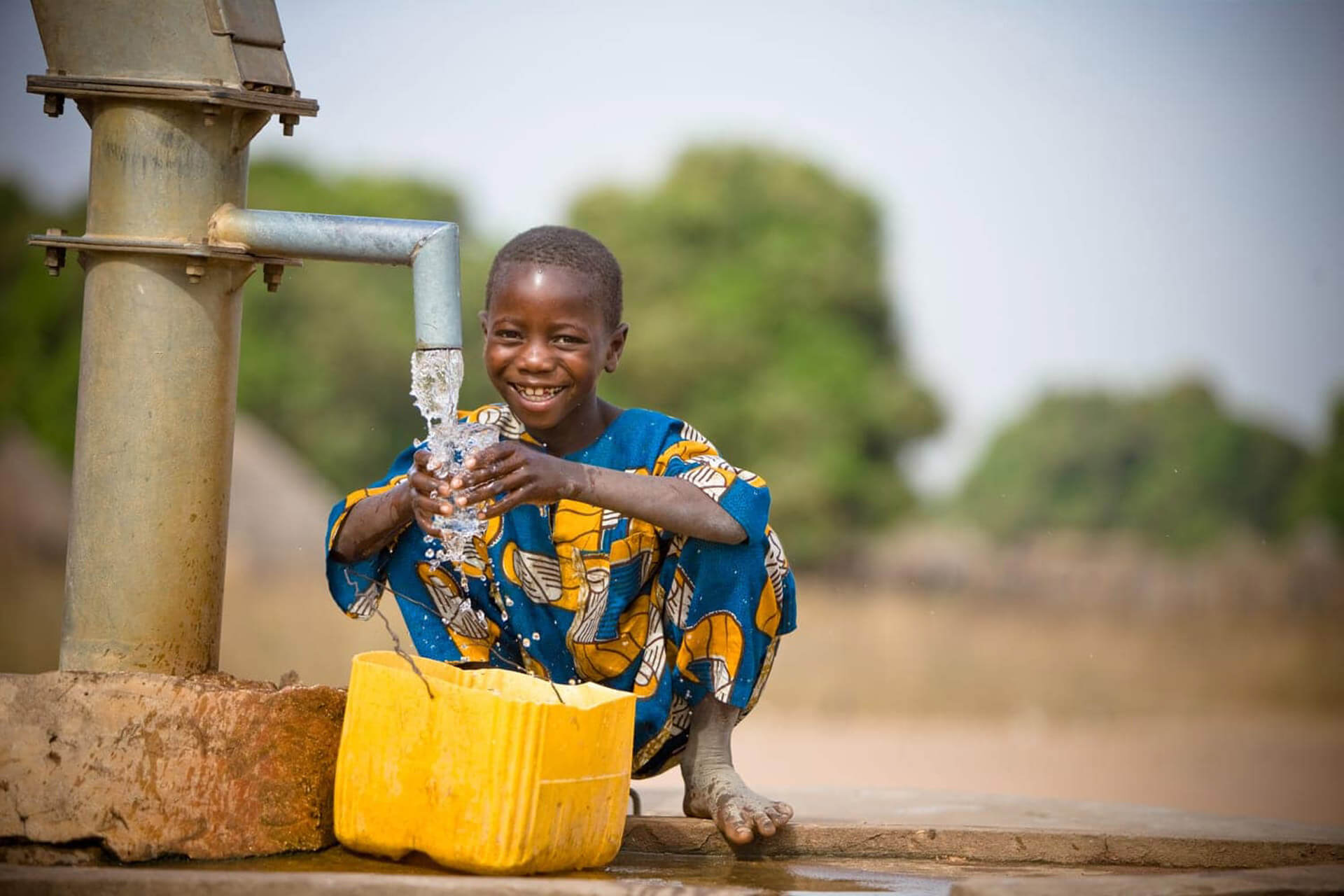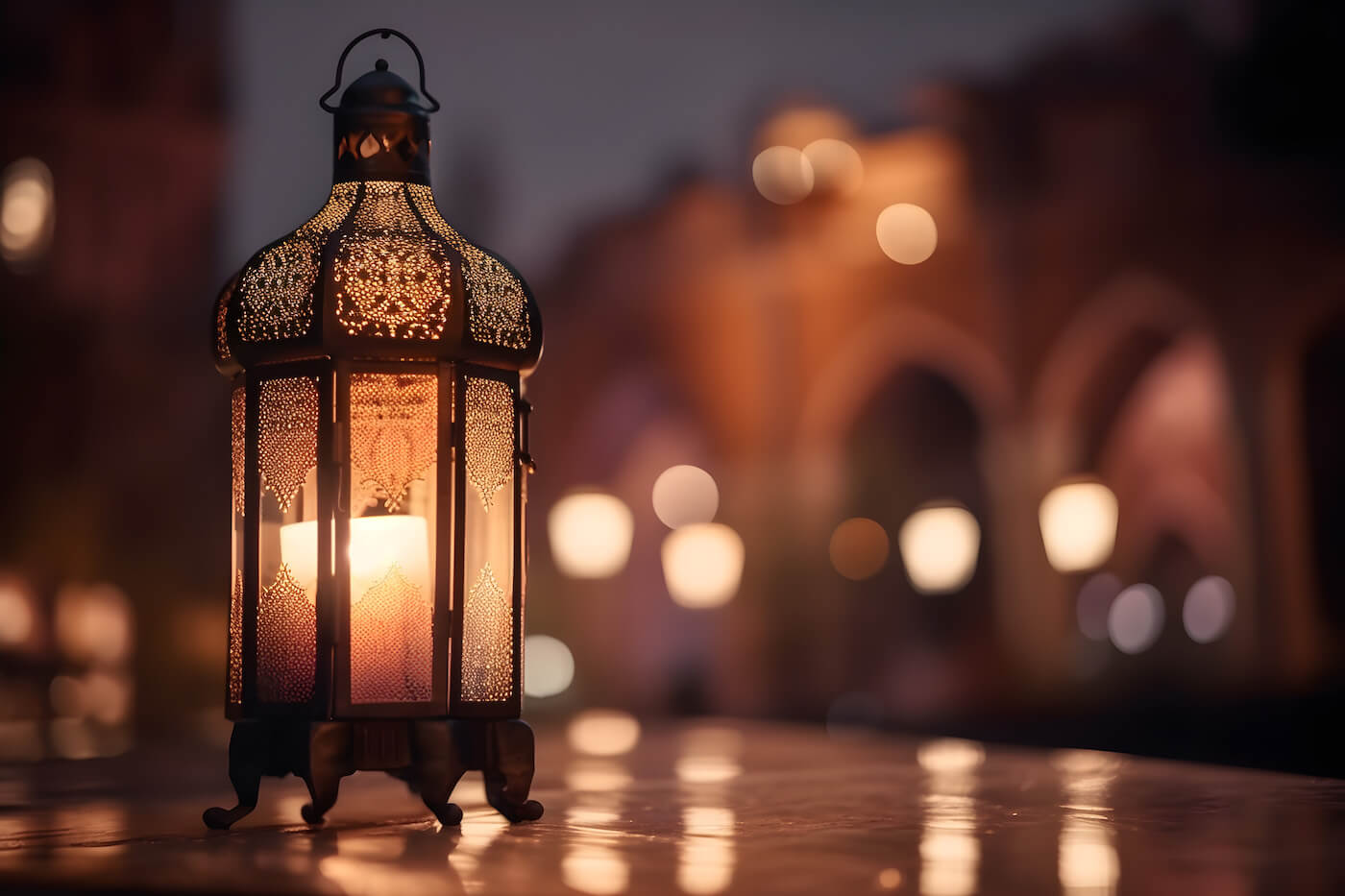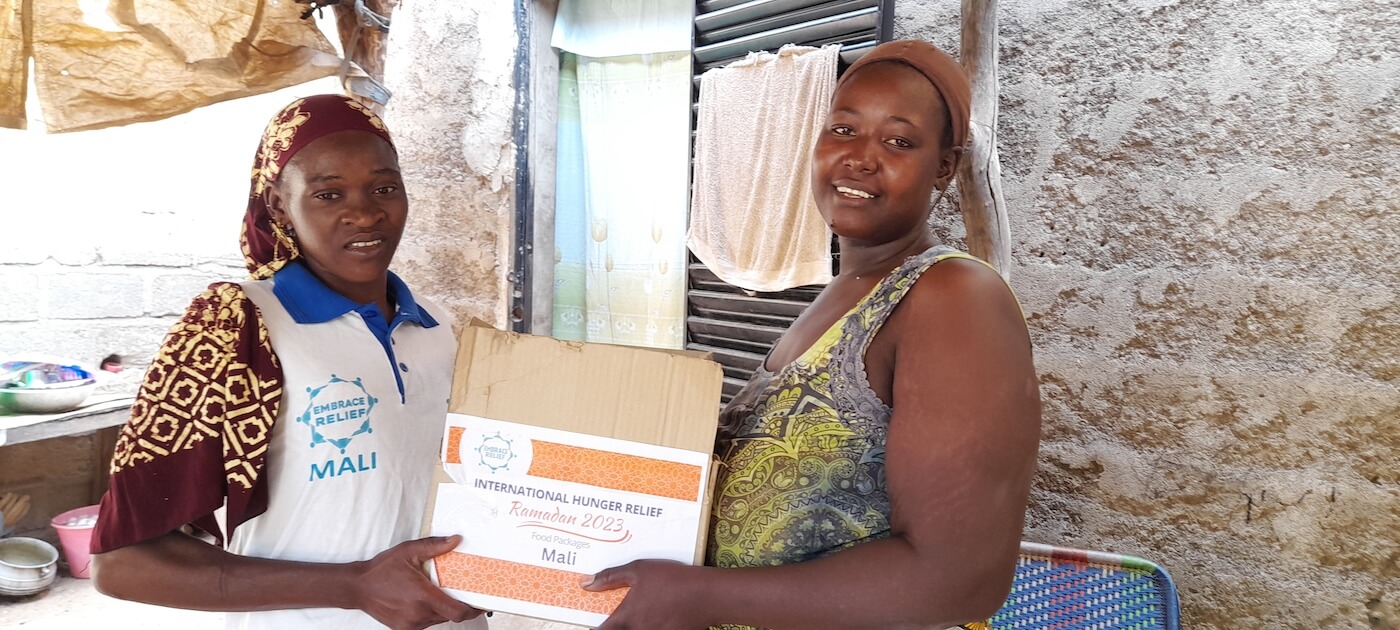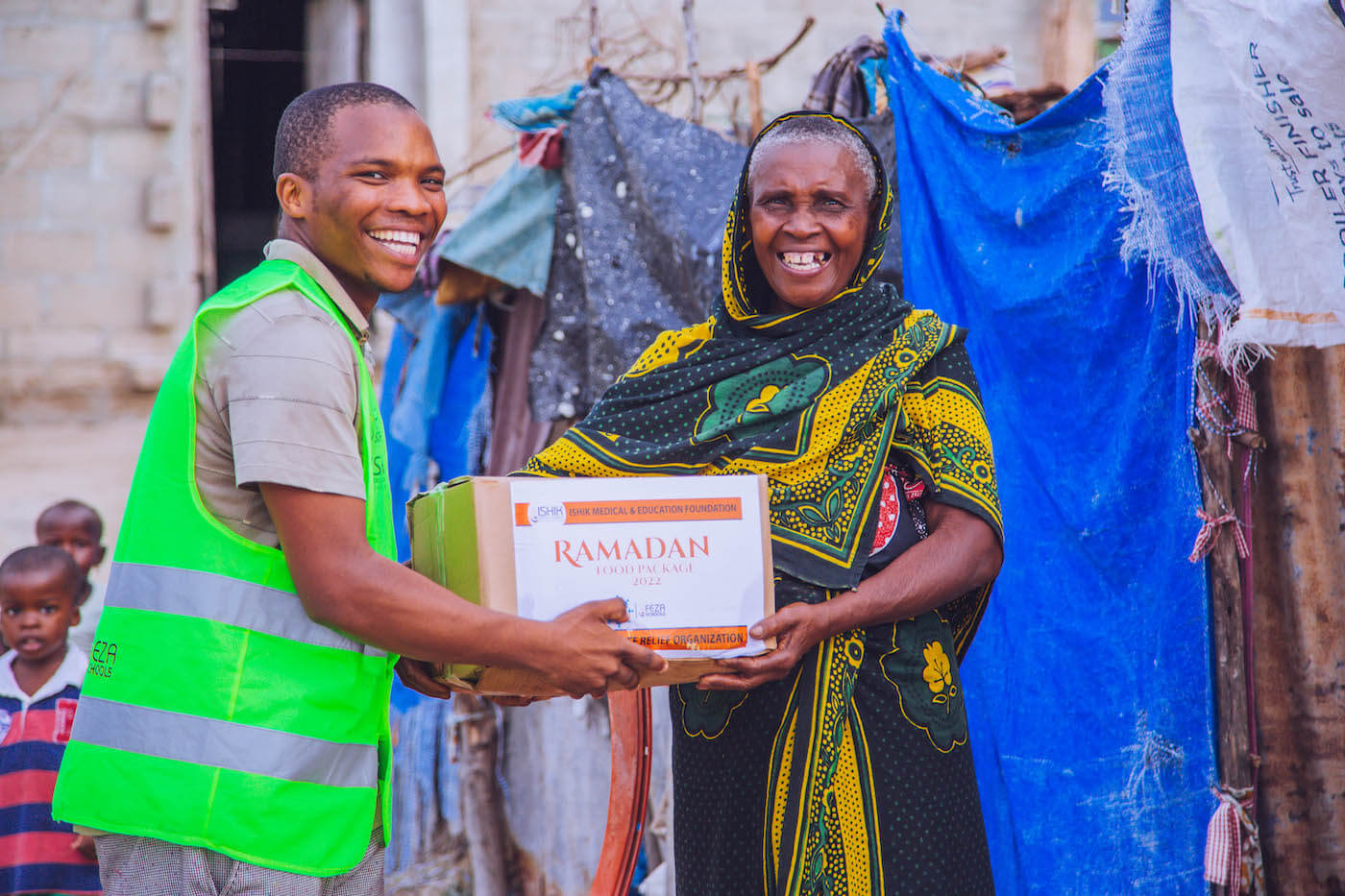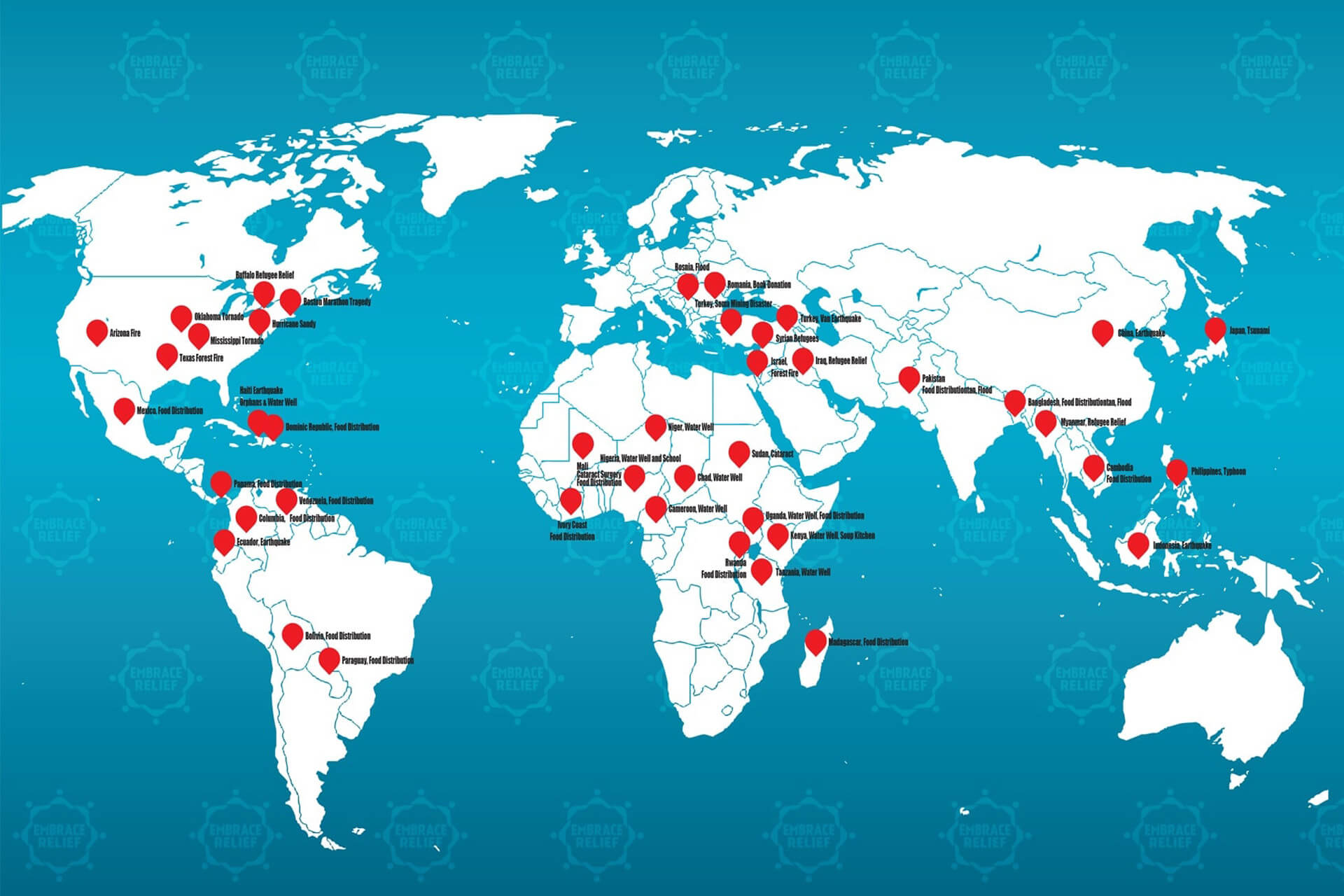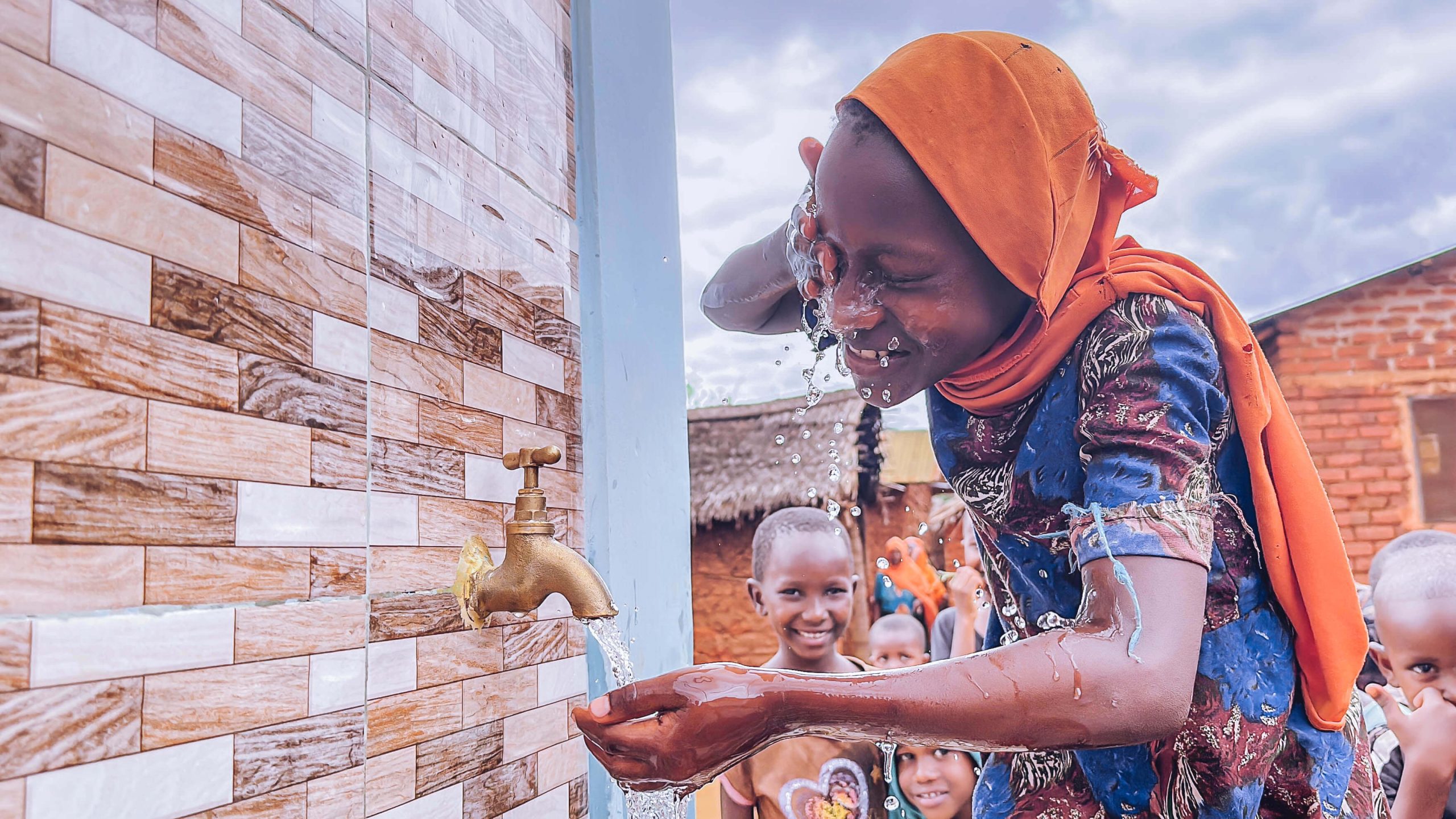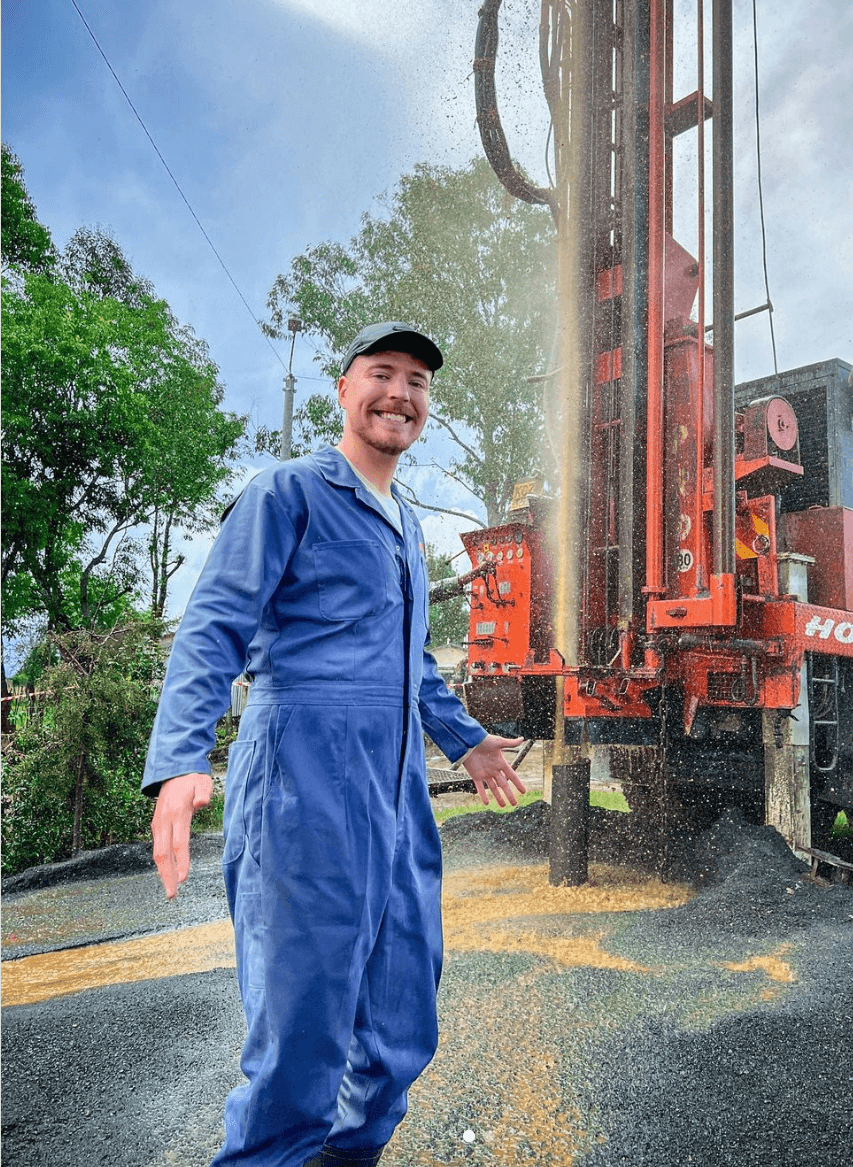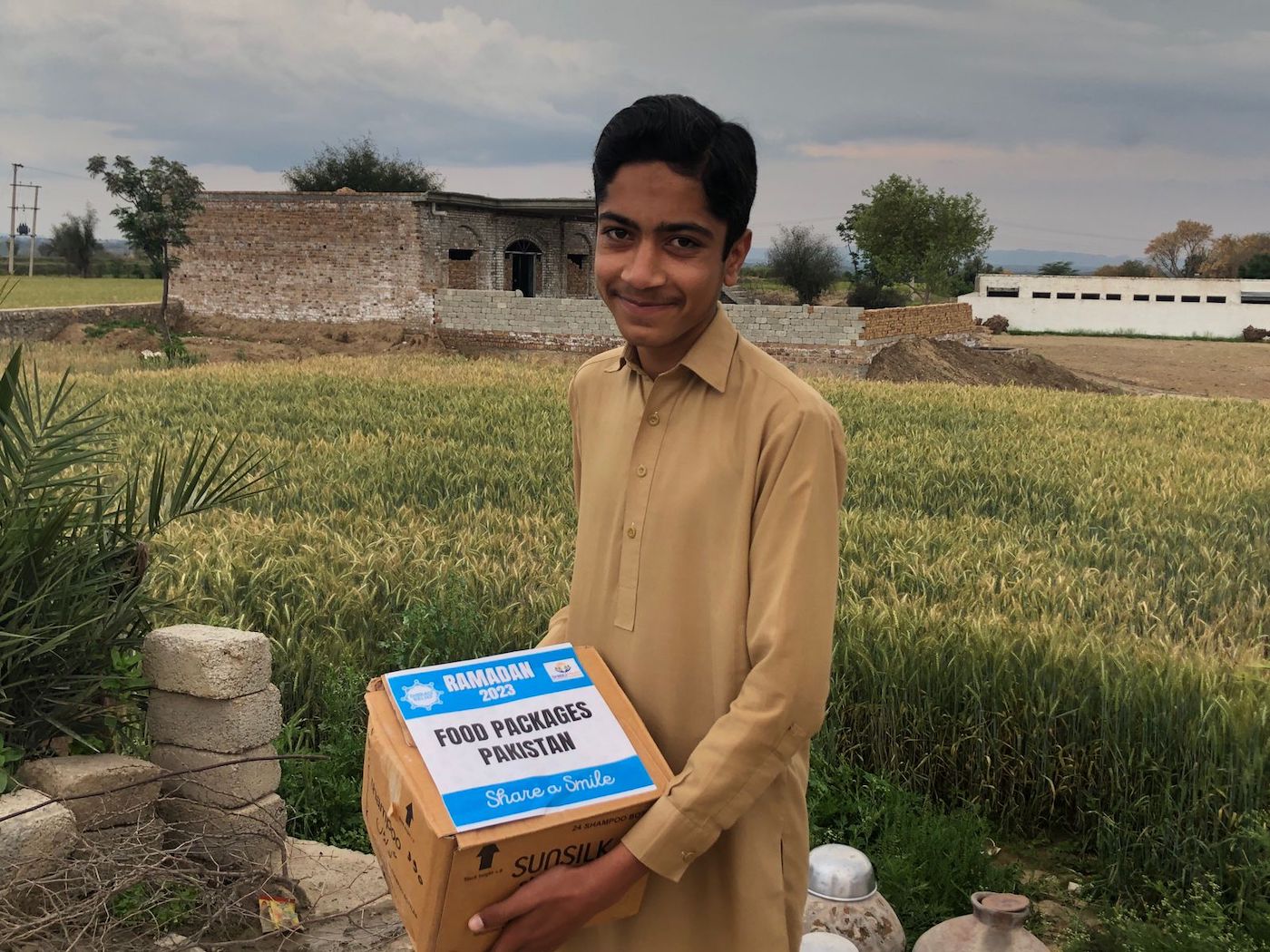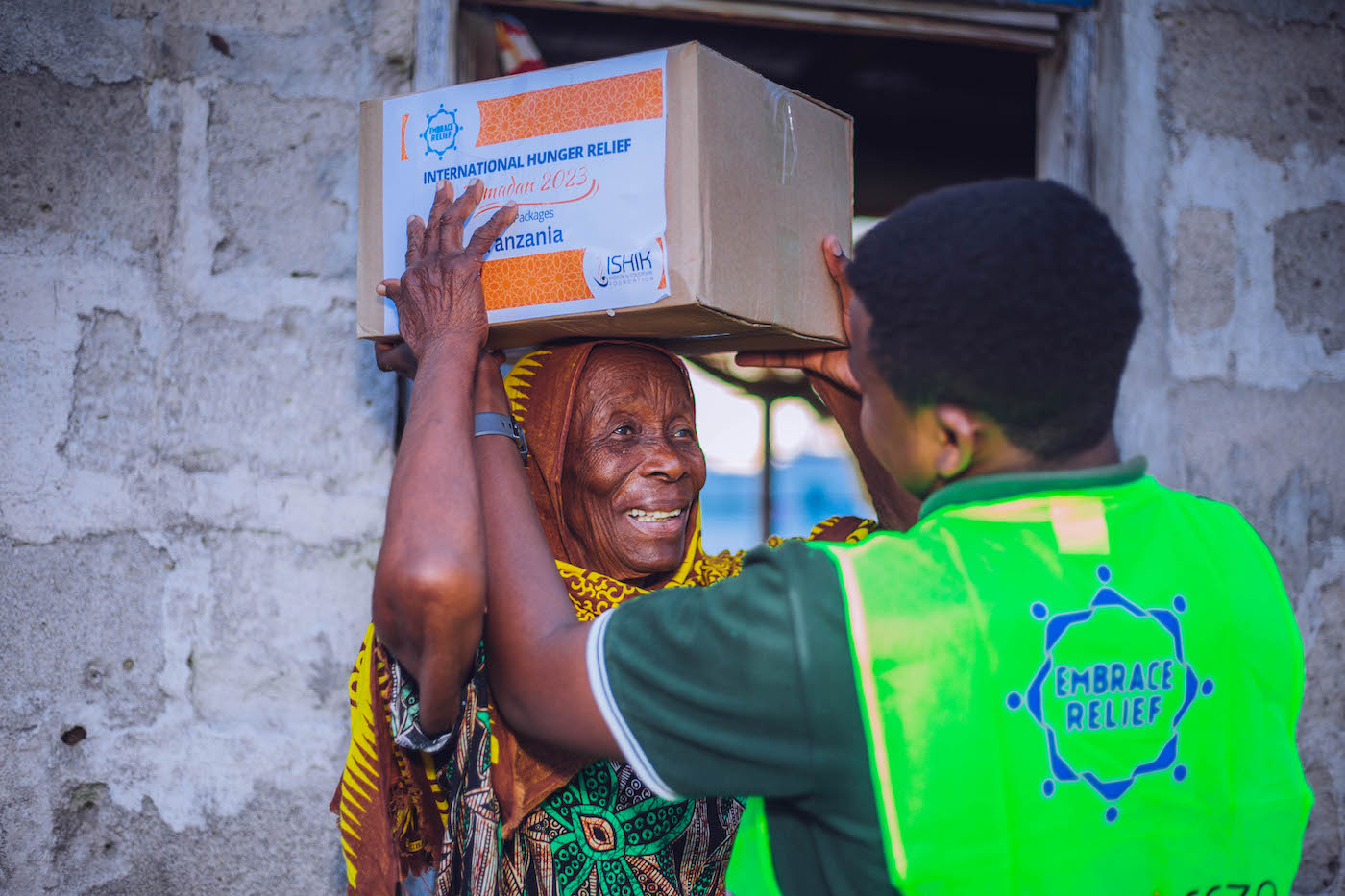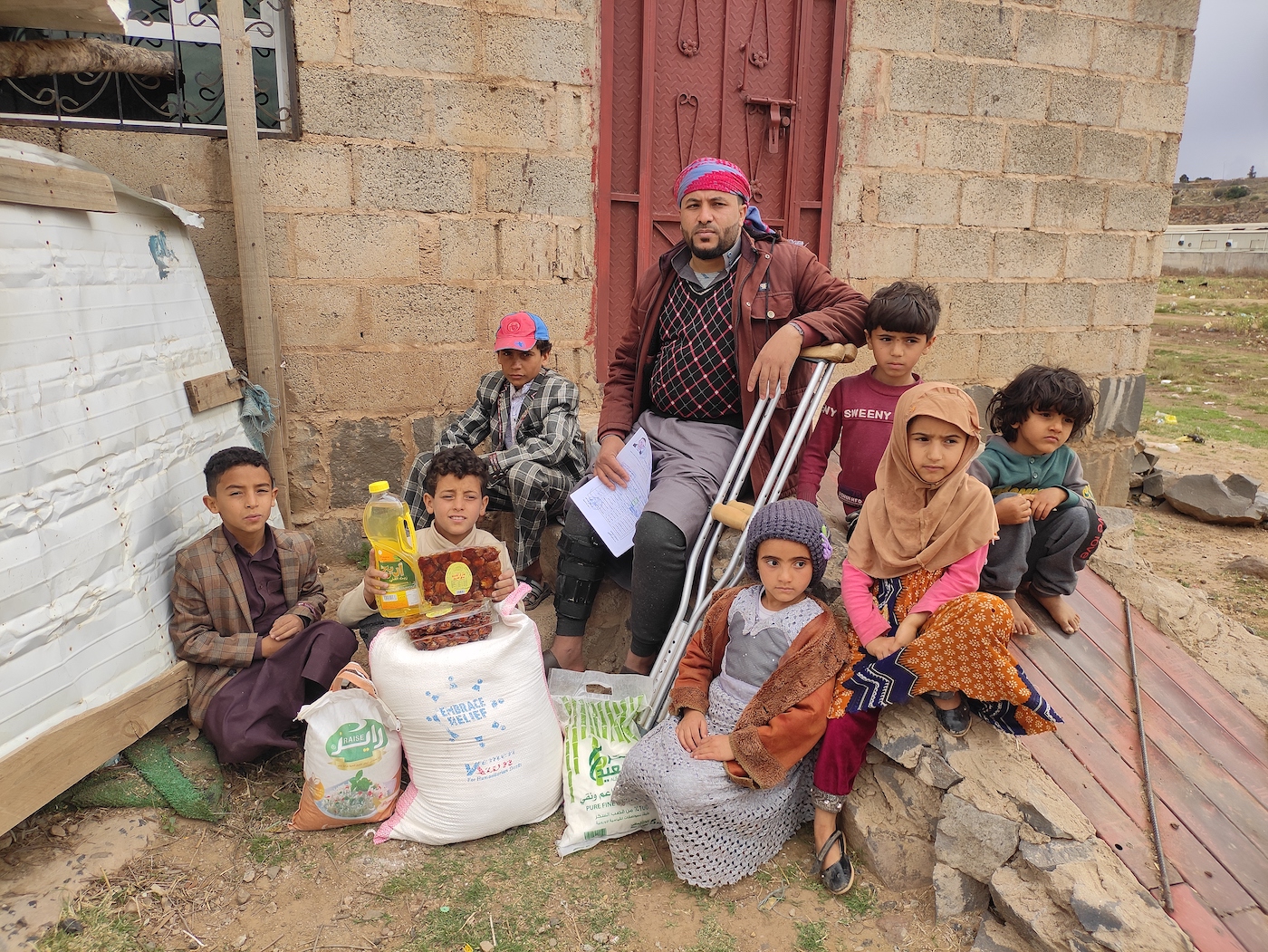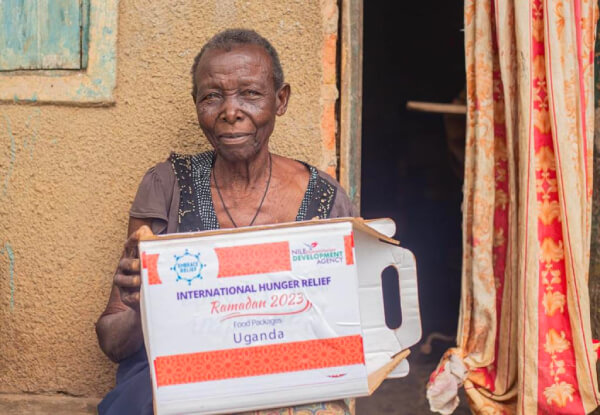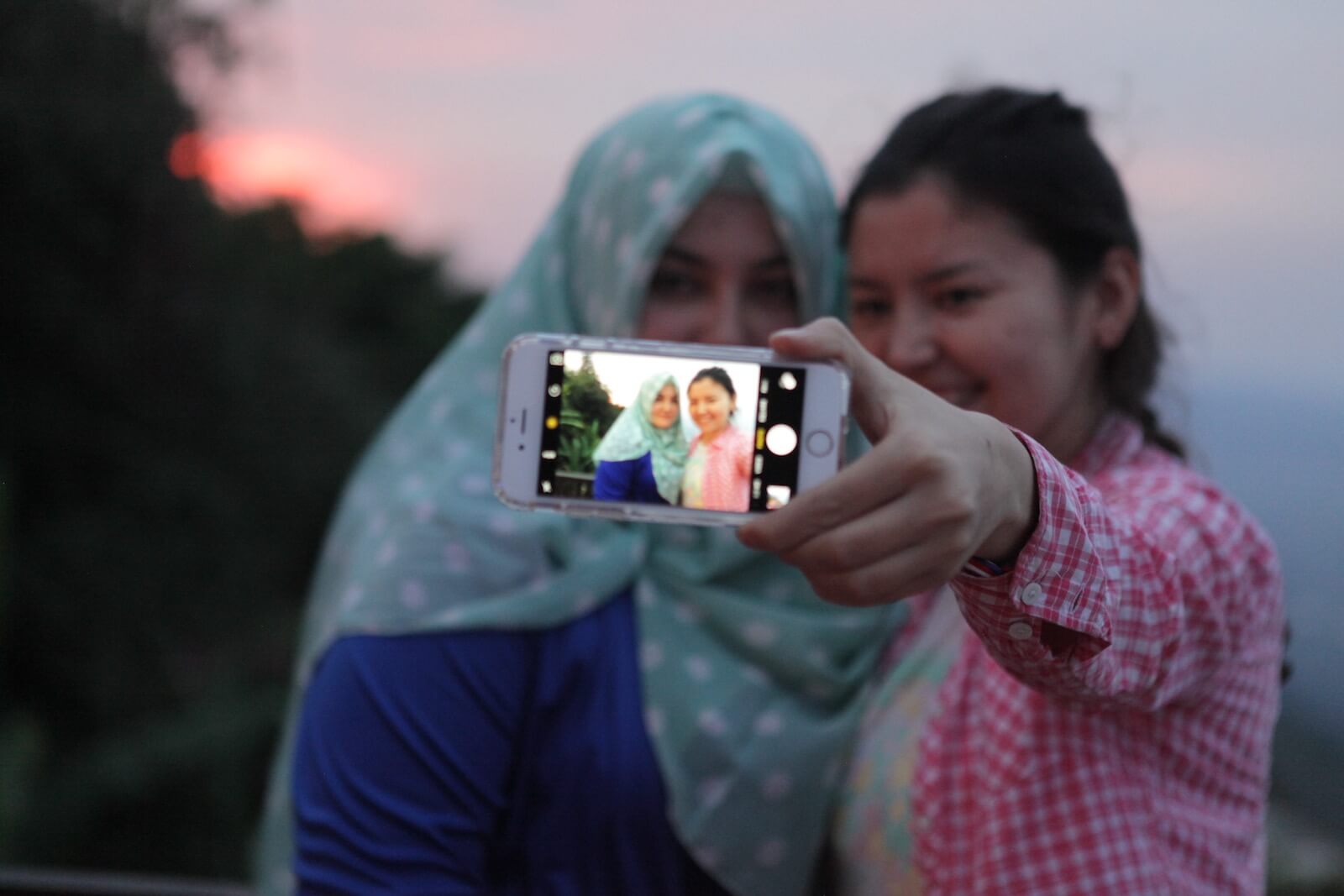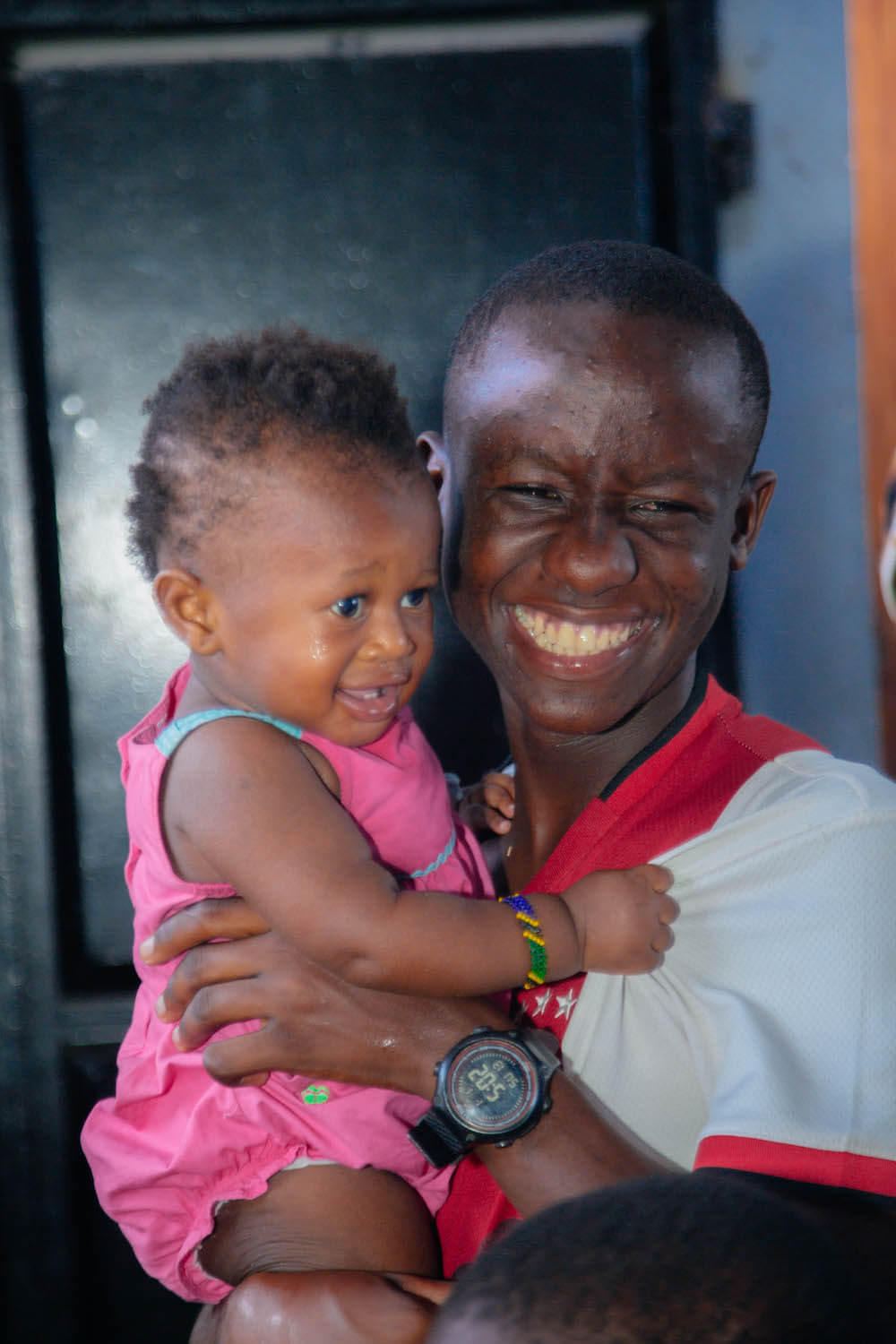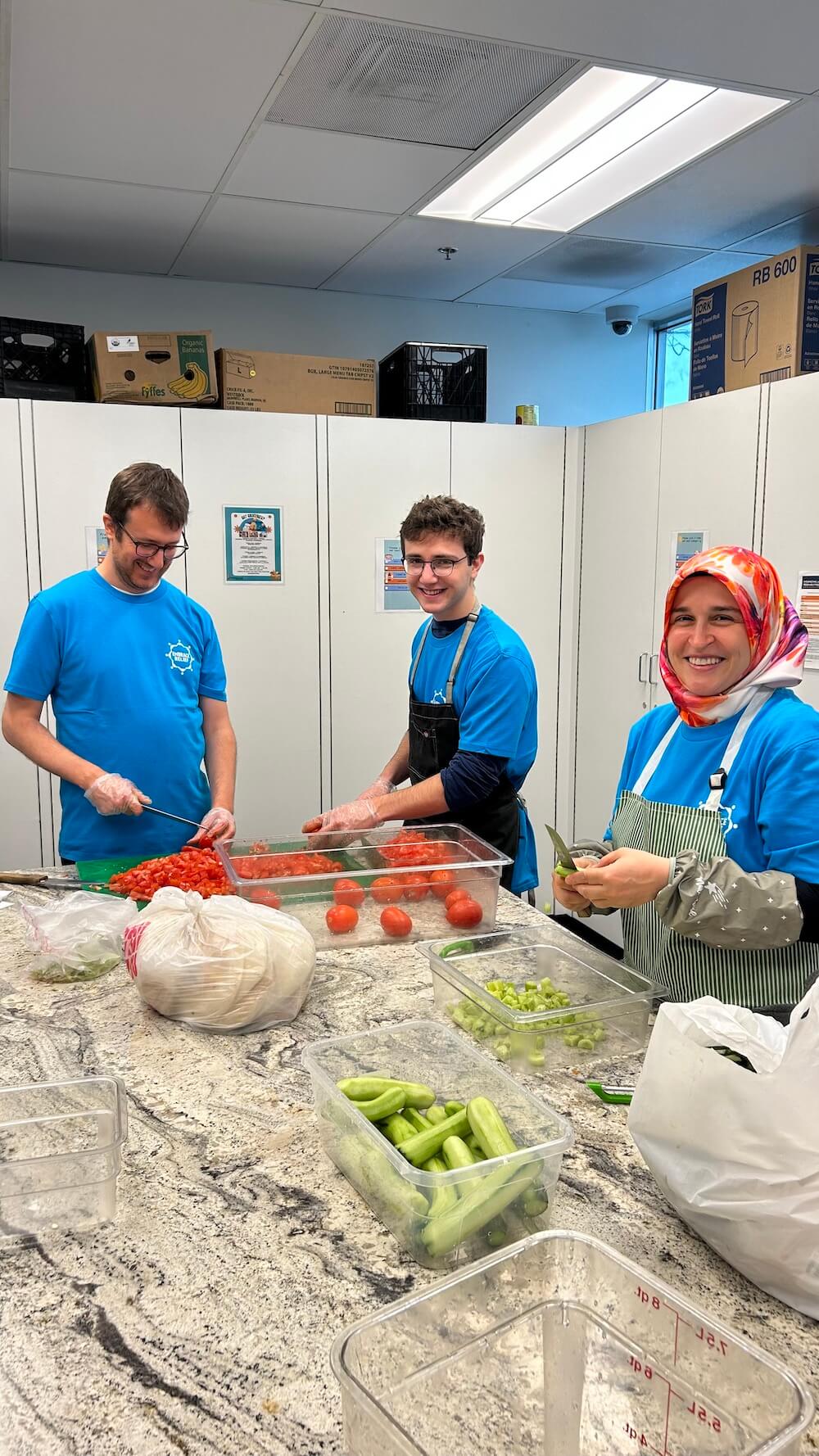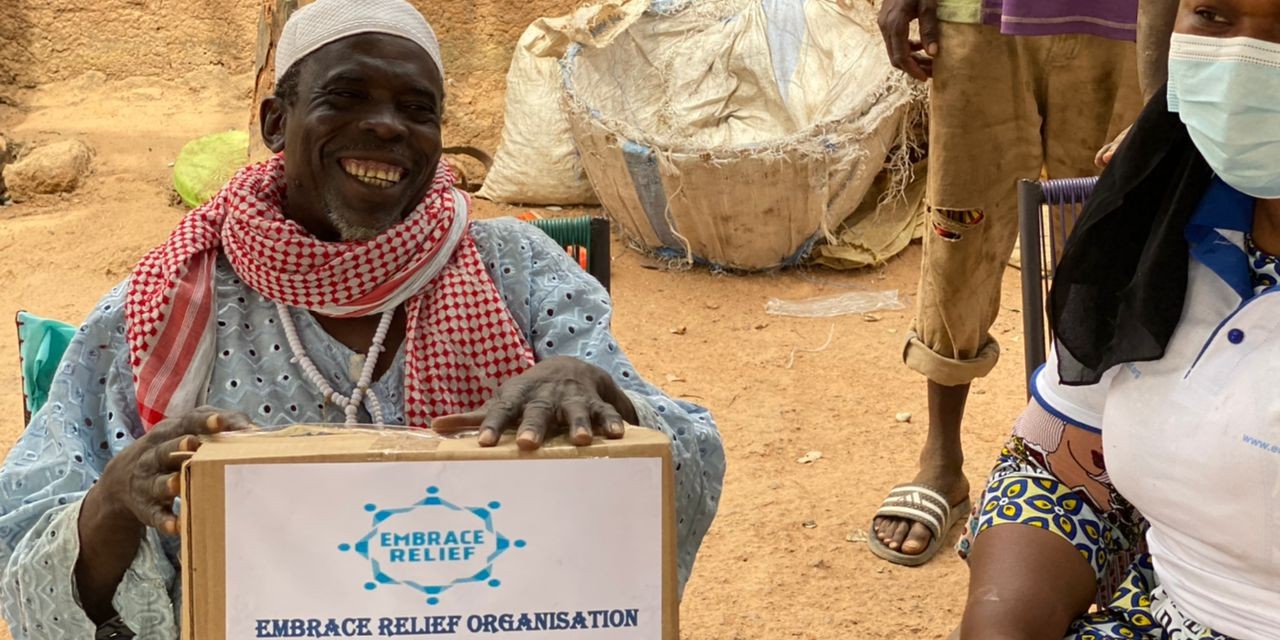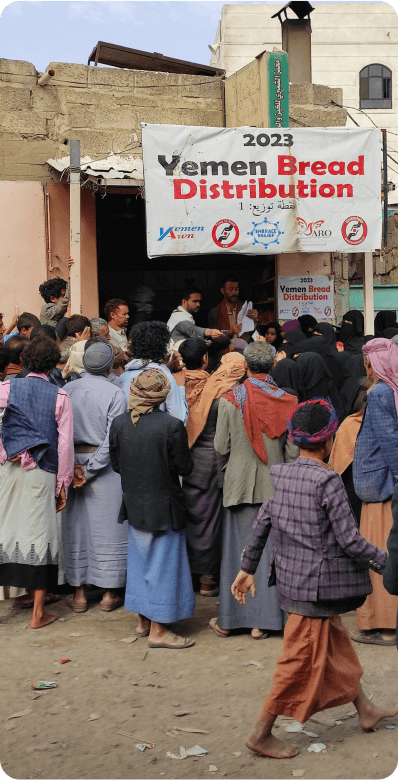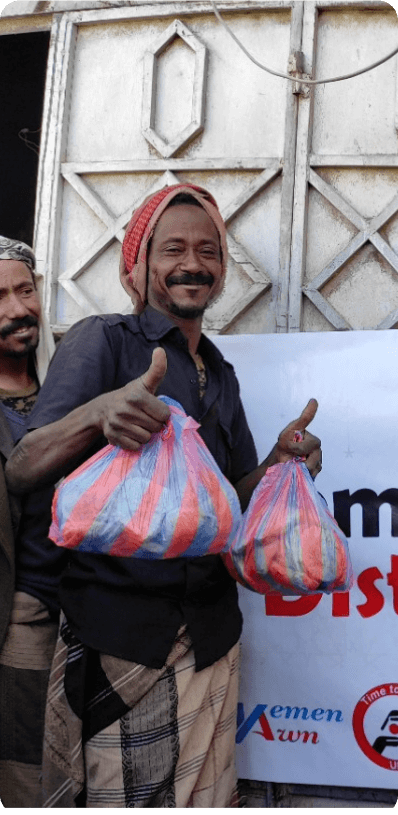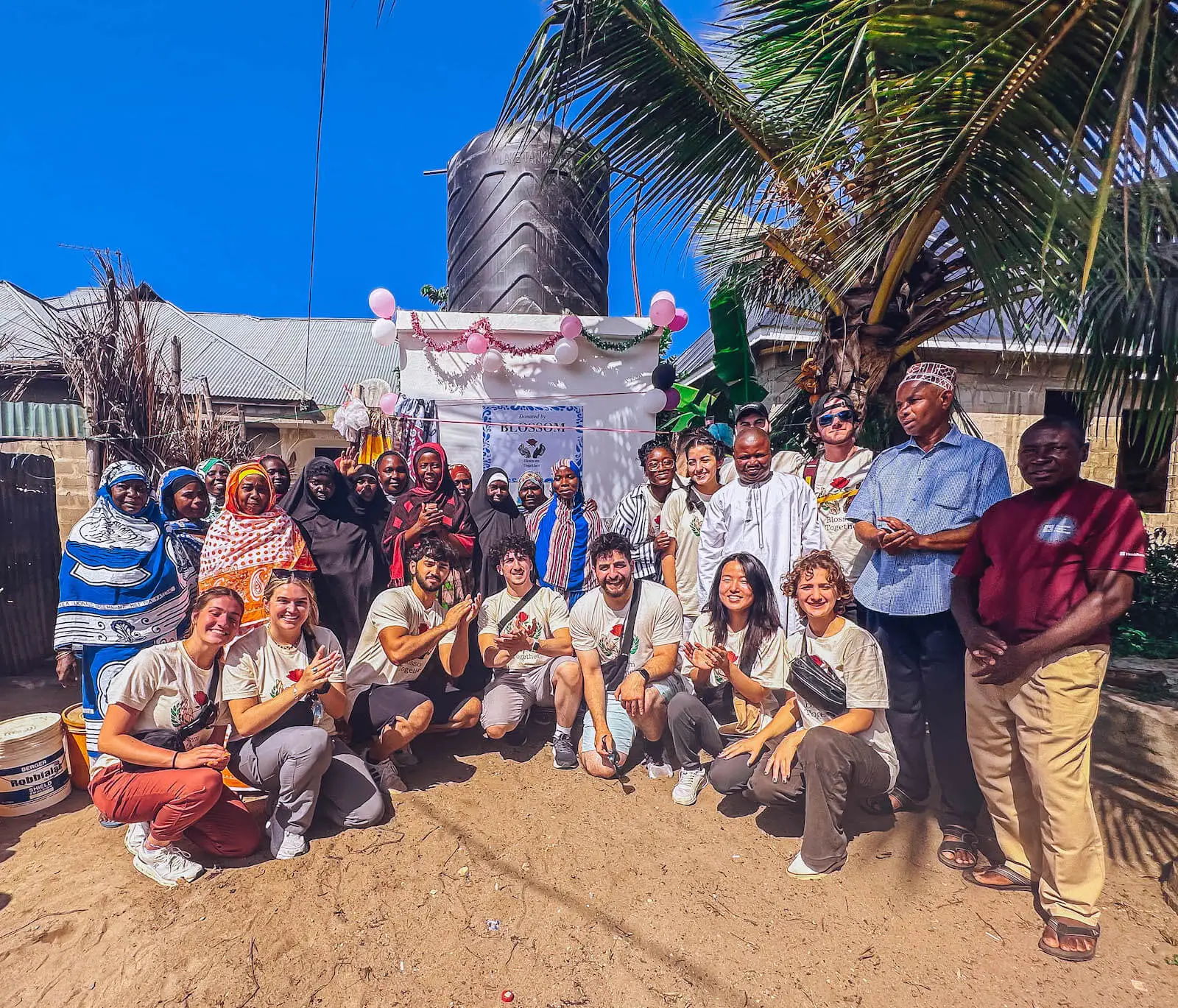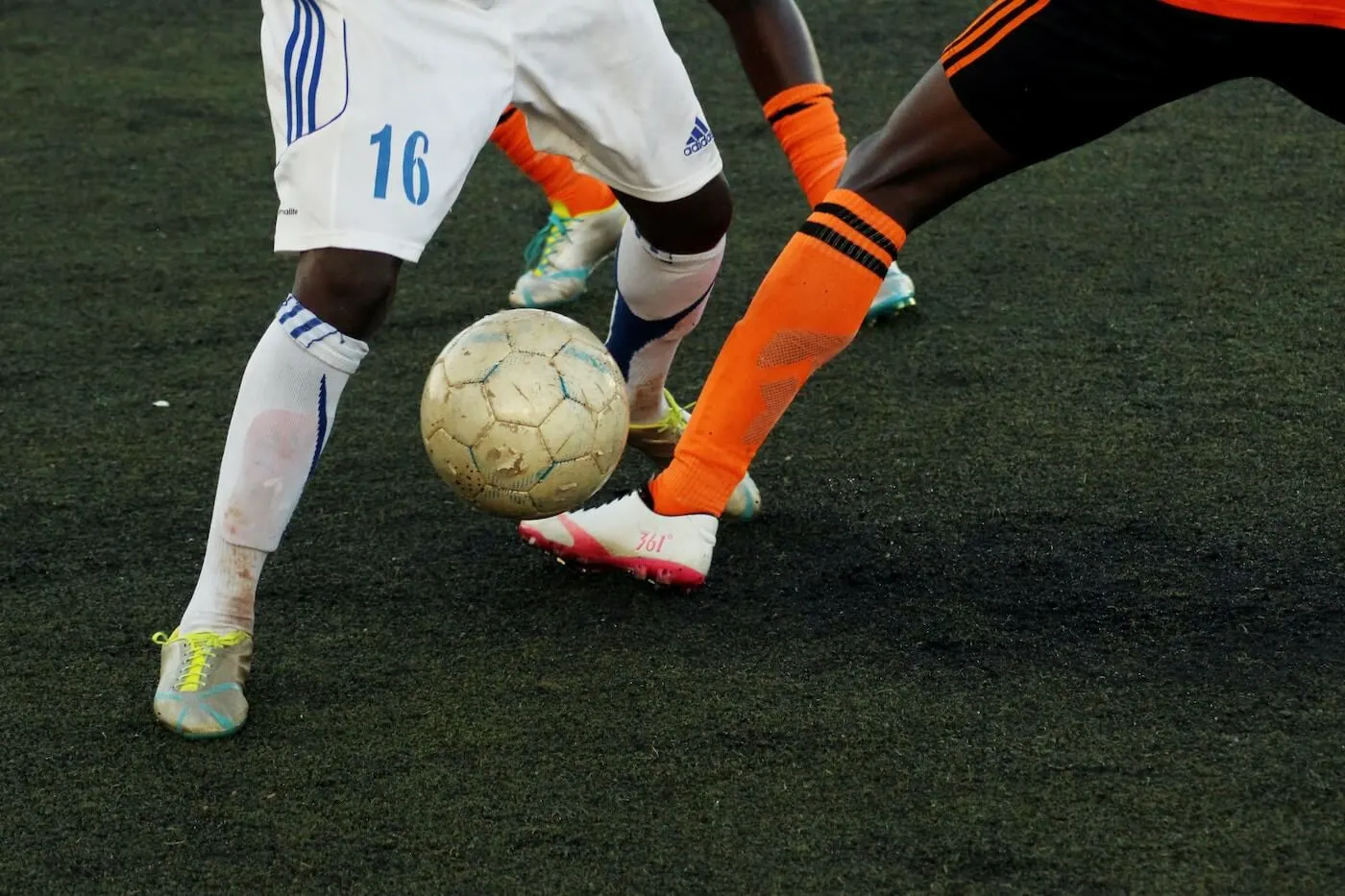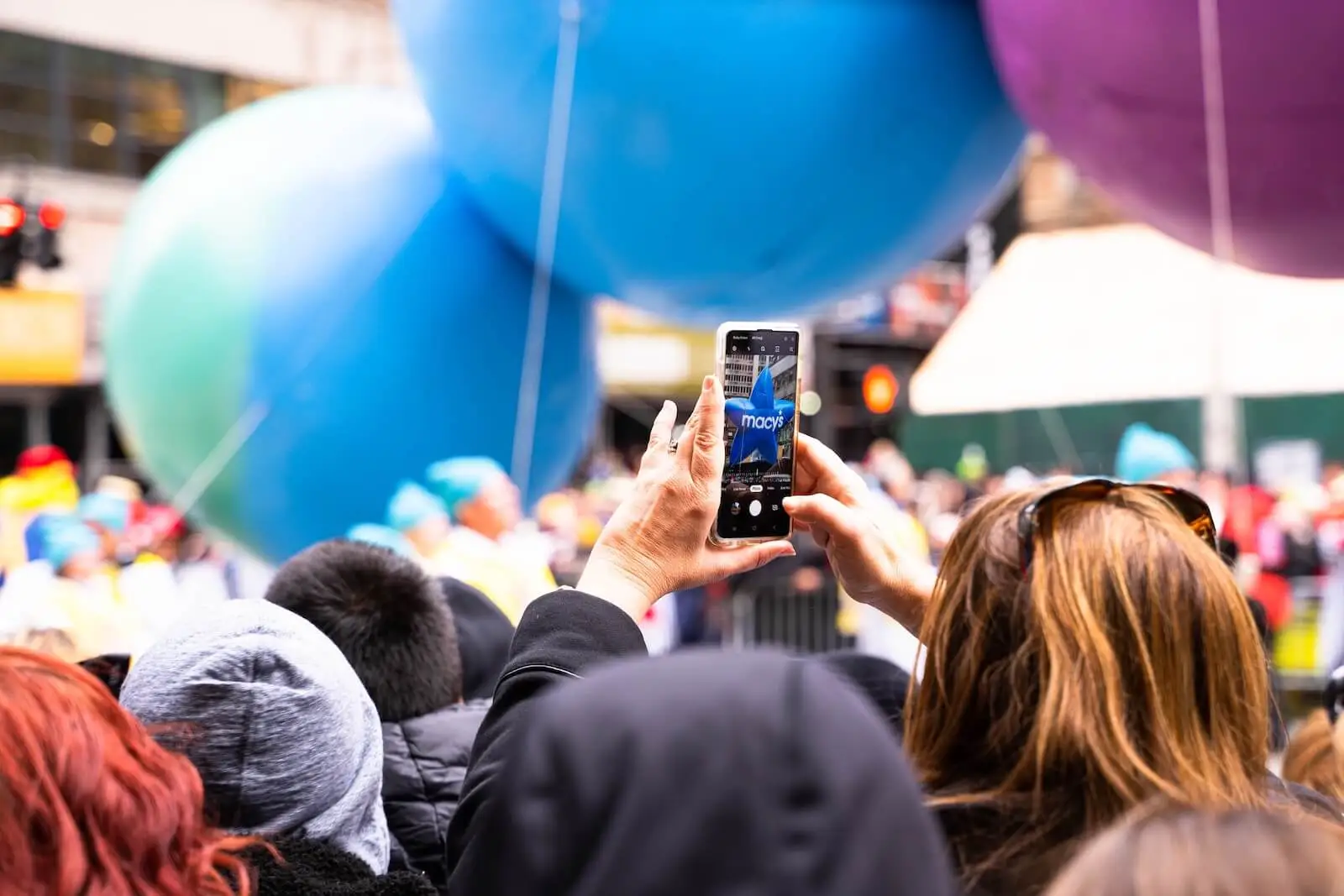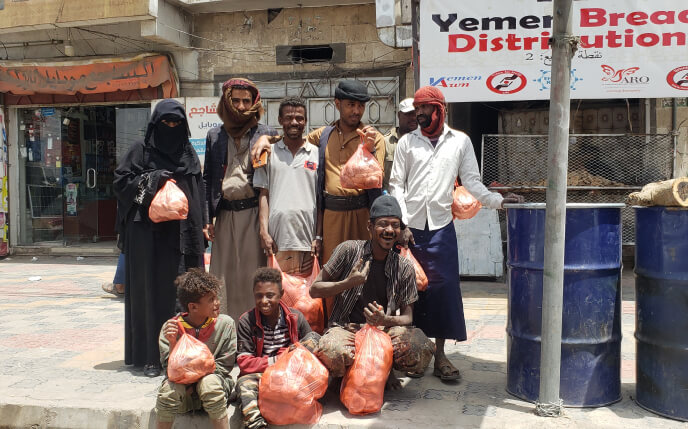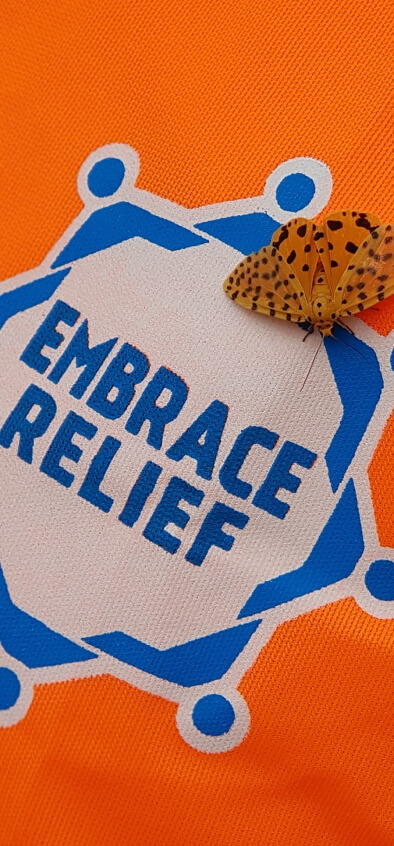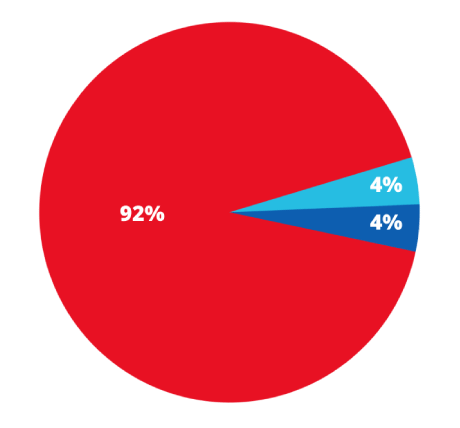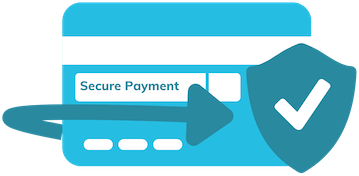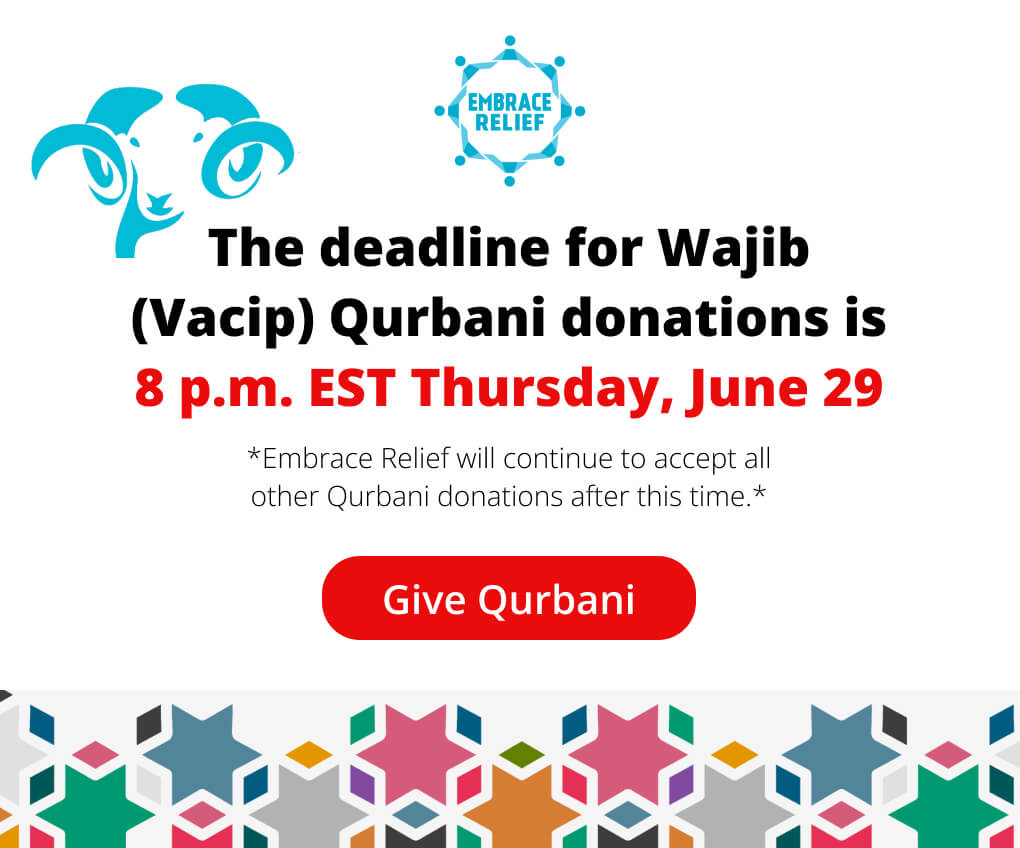Summary
- Donating to charity helps nourish our soul with the knowledge that we’re making an impact on the lives of people in need.
- Donating to charity also has practical benefits for you, your community, and your family.
- Read on to learn more about how you can make a difference in the world by supporting Embrace Relief’s humanitarian causes.
In a world full of challenges and inequality, the act of donating to charity stands as a beacon of hope that resonates far beyond simply giving one’s money, time or goods. Supporting charities not only addresses pressing societal issues but also brings about personal fulfillment and satisfaction. The act of donating to charity often offers practical benefits, such as tax deductions, providing additional incentives to support worthy causes. Additionally, leading by example through charitable actions not only inspires others to follow suit but also fosters a culture of generosity and empathy within communities.
Donating to charity is not just a benevolent act: it’s a transformative force for good. That’s why, if you’re considering making a monetary gift to a reputable nonprofit charity, we would like to share five compelling ways that your donation will make a difference.
Because I will make an impact on people’s lives
Donating to charity enables individuals to contribute to causes they care about, creating a positive impact on society and different groups of people. When we give to a reputable charitable organization, we are supporting initiatives that address critical issues such as poverty alleviation, hunger relief, natural disaster relief, education, healthcare, environmental conservation, and more. Our contribution, no matter the size, can make a tangible difference in the lives of others.
Because I will feel good
Donating to charity can give you a sense of purpose, personal fulfillment, and happiness. Studies show that acts of kindness, such as charitable giving, are associated with increased happiness and satisfaction. We are naturally empathetic towards others, and so when we see our actions result in another person’s happiness – like when we feed a hungry person, or provide a community with clean water for the very first time – we feel a profound sense of joy and satisfaction. We all think of ourselves as good people, and by donating money to a charitable organization, we show that we care.
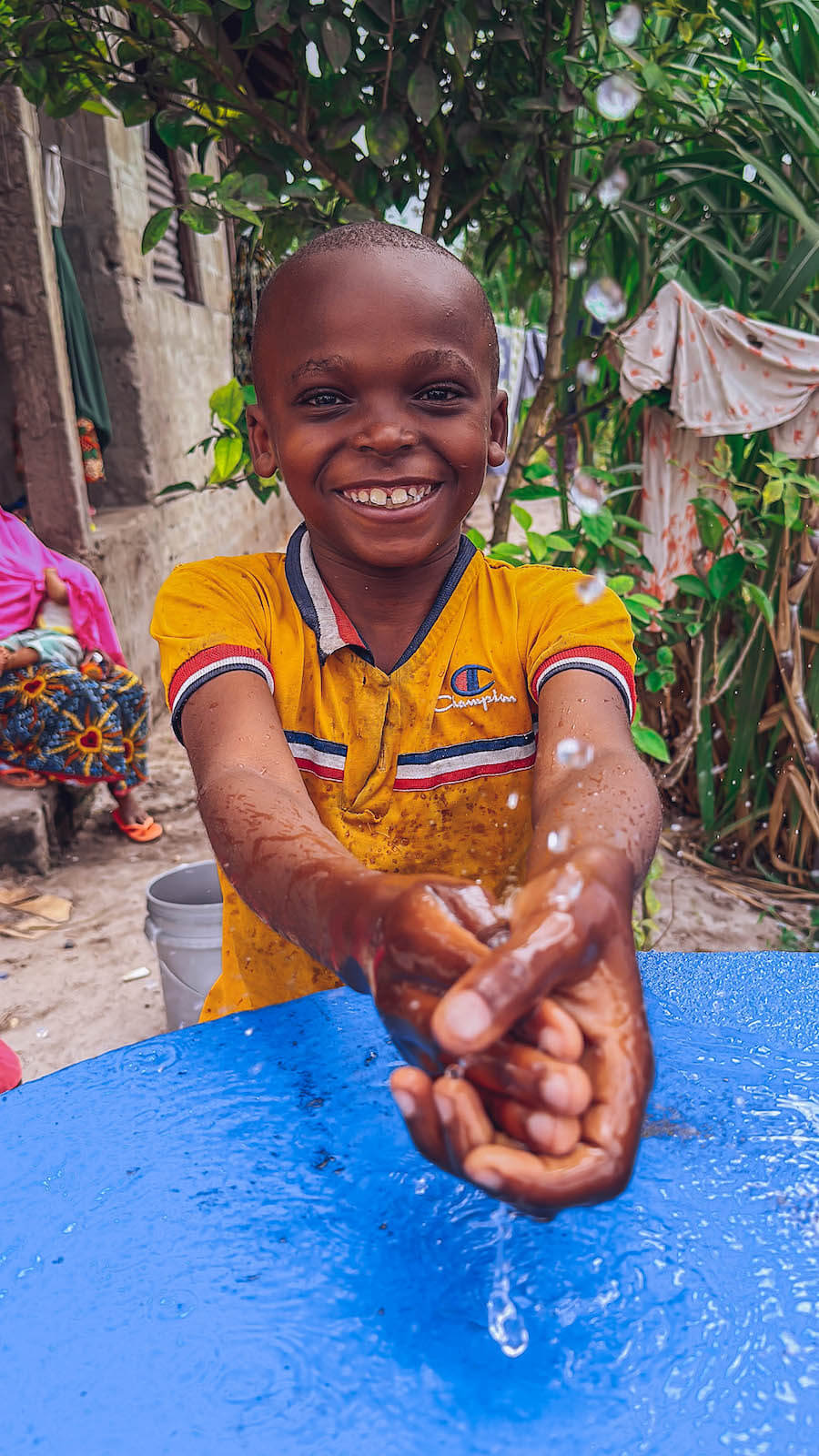
Because I will make my community stronger
Donating to a local charity near me is an important way to uplift and empower our communities. Charitable organizations will often provide funding and services that are necessary for people of all ages, abilities, and economic status. For example, in Embrace Relief’s community in northern New Jersey, we provide fresh produce and food to families who can’t afford them; we also support underprivileged students by giving them the supplies they need to learn. Whether it’s funding for after-school programs, homeless shelters, food banks, or cultural initiatives, local charitable donations enhance a community’s quality of life and create a sense of cohesion and belonging for all.
Because I will receive tax benefits
Aside from the inherent emotional rewards, giving to charity can also have practical financial advantages. In the United States, when you donate to a registered 501(c)(3) nonprofit organization like Embrace Relief, your gift is tax-deductible, allowing you to reduce your taxable income and pay less on your next tax bill. Not only is this good for you, it’s good for charities, because tax-deductible donations provide a financial incentive for people to support their causes.
Because I want to set a good example
The act of giving sets a powerful example for others. When individuals lead by example through their charitable actions, it inspires a ripple effect of kindness and generosity among their network of friends, families, coworkers and colleagues, as well as members of the broader community. When one person makes a difference and helps people, it can inspire others to follow suit. By demonstrating compassion and empathy, individuals can contribute to creating a culture where giving back is celebrated and embraced.
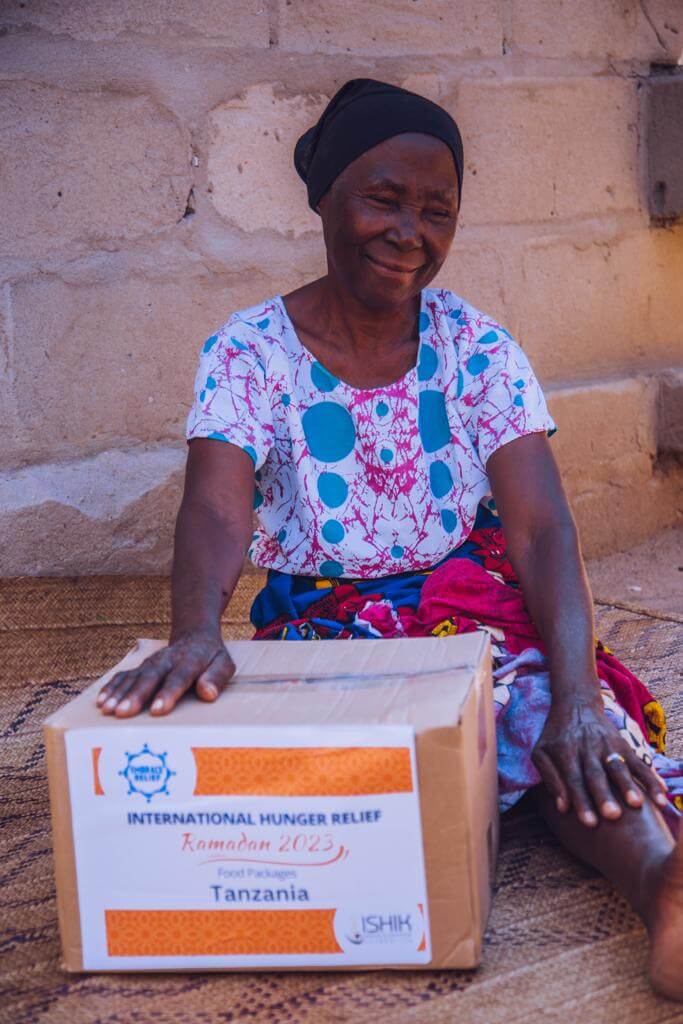
Donating to charity isn’t just a financial transaction. It is an essential element of what it means to be human. When we give to help others, we demonstrate that we are all connected, and that we can all lift each other up if we work together. It is a testament to the belief that every single one of us has the power to effect positive change.
This is true whether you’re a billionaire like Elon Musk or Jeff Bezos, or if you’re a family trying to juggle the everyday expenses that we all deal with. Every donation to a reputable charitable organization, no matter how small, represents a small step towards building a better world.
If you’re looking to uplift someone today, you can do so right here on this page, thanks to Embrace Relief! We have eight humanitarian relief programs that have supported millions of people in need since 2008. Our work provides the most basic necessities of life for families across the world, including right here in the United States. But we rely on the generosity of people like you to keep going.
Learn more about our eight humanitarian relief programs by clicking here, or donate directly to our general organizational fund in the box below. Your tax-deductible donation will help our team continue to make life better for our most vulnerable friends and neighbors.
Donate to Embrace Relief
If you would like to support Embrace Relief’s mission of bringing humanitarian relief to the world’s most vulnerable, please consider a donation in the amount of your choosing below:
